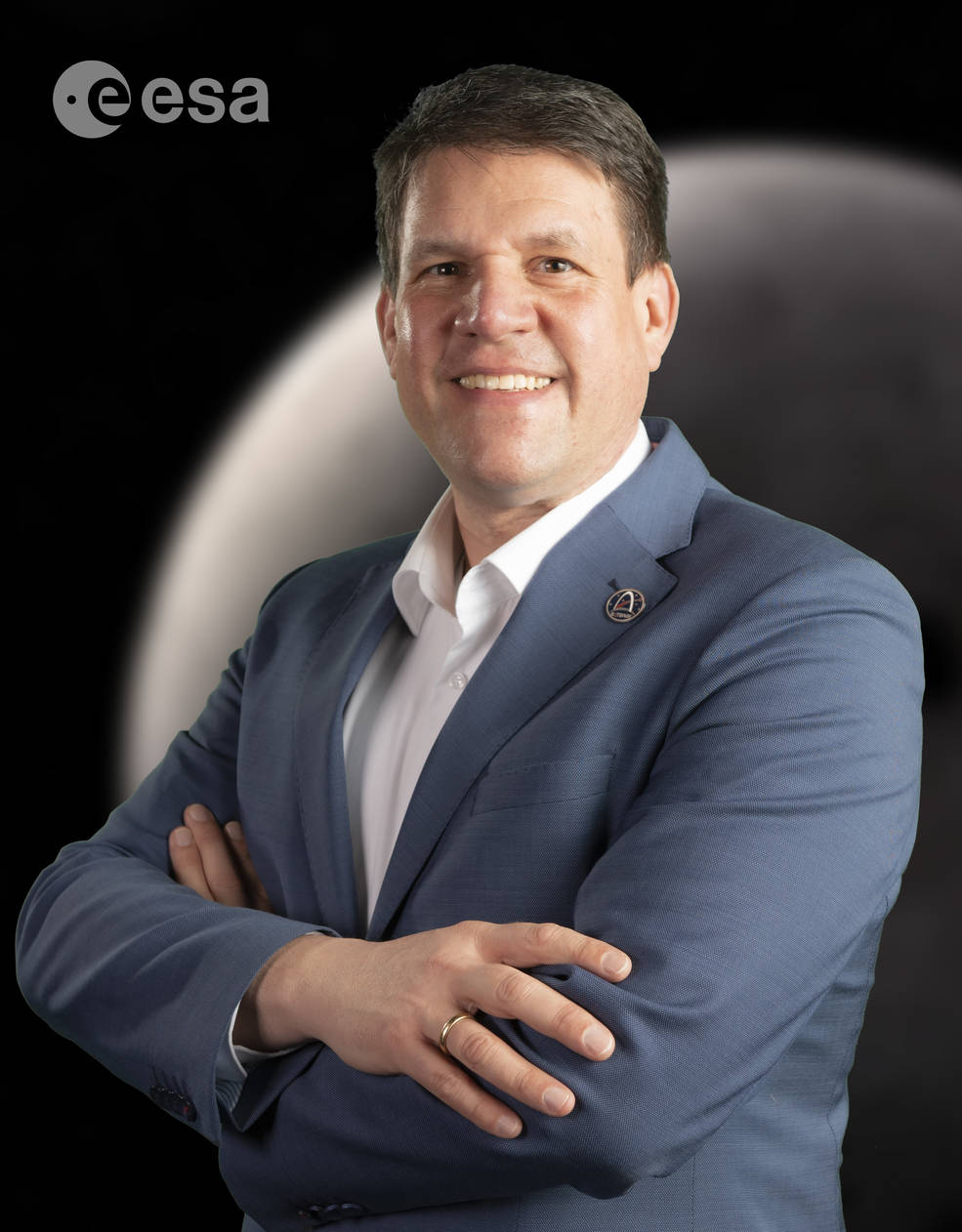As Gateway’s baseline verification, assembly, and integration team lead, Wagner and his group test the core functions of Gateway’s I-Hab (International Habitation Module), one of two modules where Artemis crew will live and work, to ensure that I-Hab is equipped to sustain future missions around the Moon.
When Mark Wagner was growing up in Kirchheim unter Teck, a German town that traces its history back more than 1000 years, he often felt that he lived in a different era. Now an engineer with ESA (European Space Agency), Wagner is helping the global space community push boundaries in human spaceflight to establish a new era of exploration with Gateway, humanity’s first space station around the Moon.
“As I-Hab’s baseline verification, assembly, and integration team lead, Wagner and his group test the core functions of Gateway’s I-Hab (International Habitation module), one of two modules developed by ESA where Artemis crew will live and work, to ensure that I-Hab is equipped to sustain future missions around the Moon.”
I-Hab will house unique features like a dining area, potable water dispenser, crew sleeping quarters, and a food warmer to keep crew safe and healthy.
Wagner is excited about Gateway’s role in Artemis.
“Eventually it will result in sustainable exploration of the Moon, and it will unfold new opportunities and raise new technologies that will also be beneficial for applications on Earth,” Wagner said.
Testing capabilities is nothing new to Wagner. Since completing both his bachelor’s and master’s degrees in science and aerospace engineering at the University of Stuttgart in Germany, he has spent 22 years supporting various forms of verification testing, including automotive acoustic testing, and later developing new test methods and state-of-the-art capabilities to support space missions.
After 17 years with ESA, Wagner is proud to work on the Gateway project in the I-Hab team, at ESA’s technical heart in The Netherlands, building and implementing a habitat that will orbit the Moon.
“We are contributing to and creating the next step in human space exploration, which is Gateway,” said Wagner. “This really is a new era.”
As someone who found his calling in engineering, Wagner is passionate about the importance of preparing the next generation of engineers, scientists, and explorers to embrace the exciting new world of human space exploration.
“I hope people see it’s a new world of exploration opening right now and enabling new perspectives and fostering new ways of thinking.” said Wagner.
Wagner’s passion translates to his life outside the agency. In his free time, he enjoys skiing in the Alps with his wife, Melanie, and their two daughters, Charlotte and Isabel. He also enjoys taking solo motorbike tours to explore the diverse scenery of Europe.
The Gateway Program is an international collaboration to establish humanity’s first space station around the Moon, an essential element of NASA’s Artemis missions. Gateway will host many capabilities for sustained exploration and research in deep space, including docking ports for a variety of visiting spacecraft, space for crew to live and work, and on-board science investigations to study heliophysics, human health, and life sciences, among other areas. Gateway will be a critical platform for developing technology and capabilities to support future Mars exploration.


























